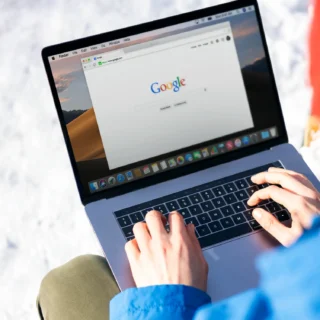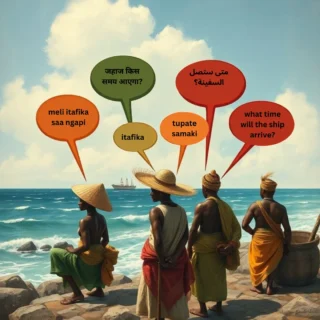YouTube Algorithm 2025: Evolving Connection & Monetization
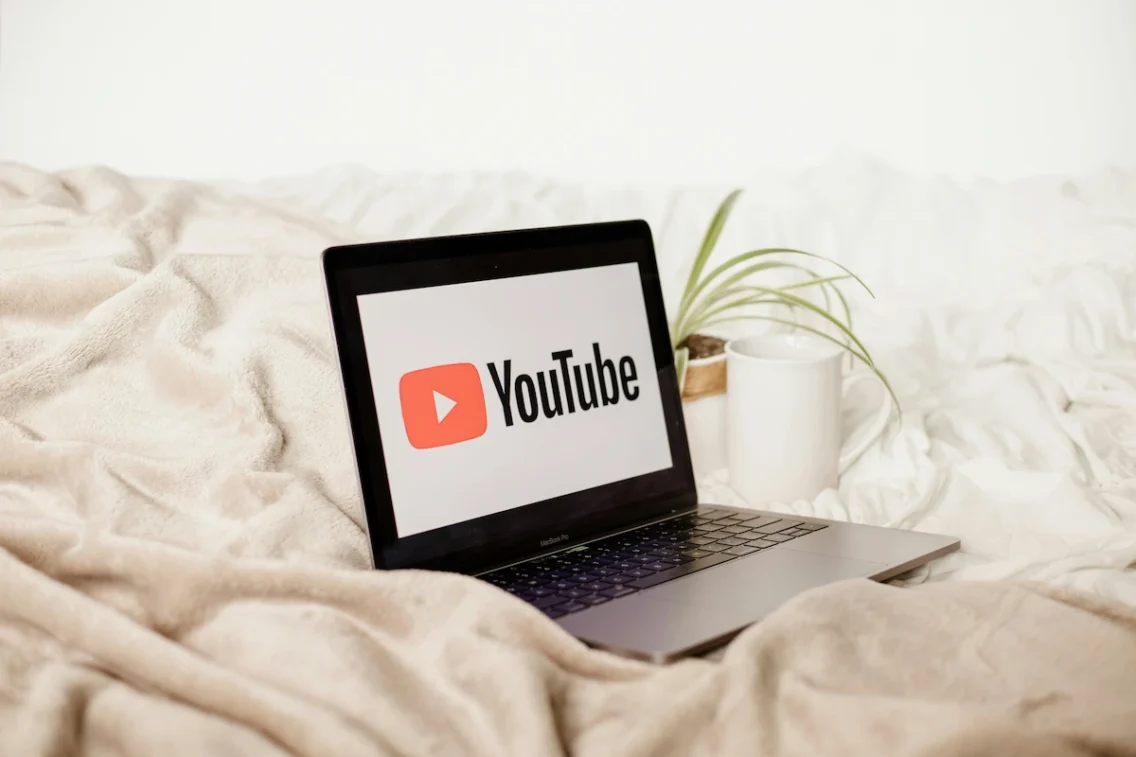
From viral baby videos and dancing cat memes to immersive live streams and interactive Shorts, YouTube has come a long way. What began as a simple video-sharing site is now a global ecosystem shaping culture and creator careers. In 2025, the YouTube Algorithm 2025 is redefining how creators connect, monetize, and experiment with immersive content.
No longer just a platform for discovery, YouTube has evolved into a dynamic hub where engagement, innovation, and opportunity converge.
The Evolution of Connection on YouTube
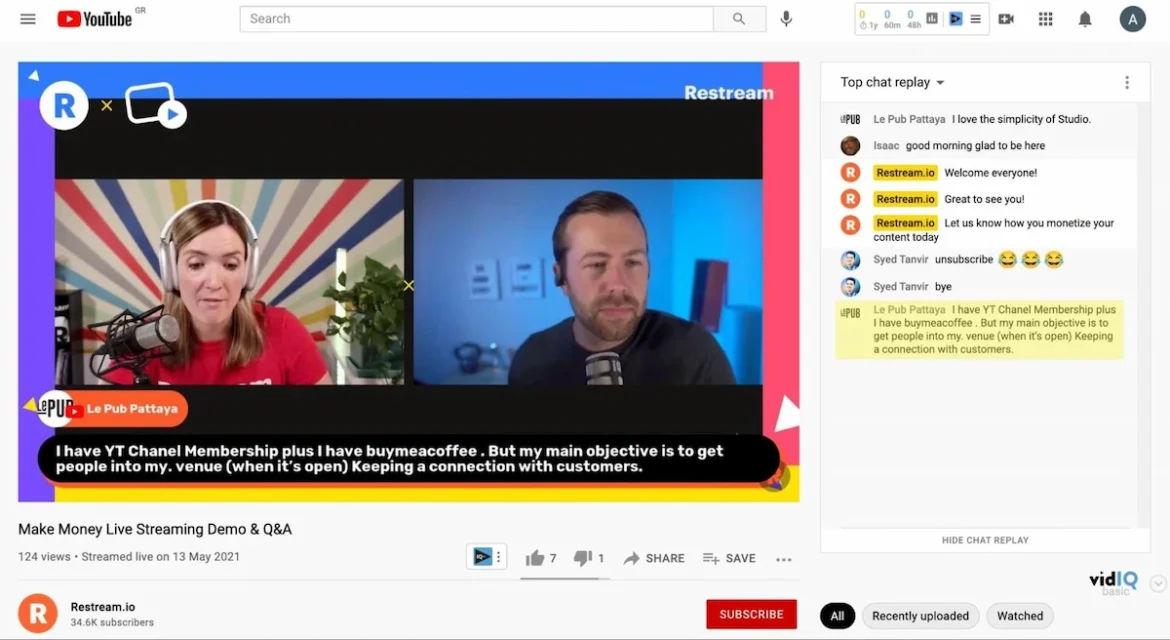
YouTube’s early days focused on passive viewing: users clicked, watched, and moved on. Today, connection is multidimensional. Channels foster loyalty through interactive premieres, live chats, polls, and community posts. Subscribers aren’t just viewers; they participate in a conversation that unfolds in real time.
Live Streaming Growth
YouTube Live continues to lead the livestreaming world, offering creators a platform for gaming, cooking, and more. Interactive features like live chat and Super Chats create real-time engagement, turning viewers into active participants. In Q2 2025, YouTube Live totaled 14.83 billion hours watched, with gaming content, especially esports like League of Legends and Mobile Legends, driving significant growth.
But success isn’t limited to gamers. Creators in lifestyle, music, education, and wellness can tap into live formats by hosting Q&A sessions, tutorials, or behind-the-scenes events. Consistent scheduling, engaging chat moderation, and interactive prompts help boost watch time and encourage return viewership across any niche.
Community Engagement Tools
YouTube’s Community Tab allows creators to interact with their audience between uploads by sharing text, images, polls, GIFs, and announcements. These posts appear in subscribers’ feeds, encouraging likes, comments, and votes that keep viewers engaged and invested. By consistently using polls, teasers, and Q&A posts, creators can transform passive viewers into active participants while strengthening community loyalty.
Top 3 Community Post Ideas for Engagement:
- Polls with Purpose – Ask for audience input on your next video topic or thumbnail design.
- Behind-the-Scenes Teasers – Share a snapshot or short clip to spark curiosity before uploads.
- Quick Q&As – Host a 1-question AMA to build trust and learn what your audience wants more of.
Collaborative Content Creation
Collaborations, shared playlists, and community challenges turn audiences into active contributors, boosting engagement and reach. Partnering with creators or brands brings diverse skills and ideas together, enabling more creative campaigns and stronger community connections. Clear planning, audience alignment, and performance tracking ensure successful collaborations.
To make collaborations more effective, follow these key steps:
- Plan with Purpose – Define goals (e.g., audience growth, niche crossover, or product launch).
- Align Audiences – Partner with creators whose tone, values, or niche complement your own.
- Track Performance – Measure engagement, subscriber growth, and retention to evaluate ROI.
These shifts illustrate how YouTube is evolving into a social hub where connection is both immediate and sustained.
YouTube Algorithm 2025: Beyond Recommendations
YouTube’s recommendation engine no longer just fuels viral hits; it now prioritizes personalized relevance. By analyzing watch time, click-through rate, satisfaction surveys, and engagement history, the algorithm curates feeds that feel custom-built for each viewer. However, this precision comes with trade-offs: echo chambers, algorithmic bias, and limited content diversity can subtly shape what audiences see.
According to Hootsuite, around 70% of all watch time on YouTube comes from recommended videos, underscoring how deeply personalization drives discovery. This shift helps niche communities from eco-conscious DIYers to retro tech enthusiasts find creators who share their interests, strengthening loyalty and sparking meaningful interaction. Still, creators must balance algorithmic reach with intentional storytelling and diverse collaborations to ensure content remains both authentic and inclusive.
Finding the Best Time to Post on YouTube
While the YouTube Algorithm 2025 prioritizes relevance and viewer satisfaction, timing still plays a key role in discovery. According to a large-scale Buffer study (April 2025) analyzing over 1 million YouTube videos, the best overall time to post is:
| Day | Best Time (Local) | Why It Works |
|---|---|---|
| Wednesday | 4 p.m. | Highest median views overall |
| Thursday | 4 p.m. | Strong weekday engagement |
| Monday | 4 p.m. | Early-week attention boost |
Best Overall Window: Weekdays between 3 p.m. – 5 p.m.
Peak Days: Wednesday, Thursday, Friday
Lowest-Performing Days: Saturday & Sunday
These hours align with end-of-workday activity, when over 40% of YouTube’s working-age audience (25–44) is most active online. Pairing uploads with these windows boosts early engagement — a key signal for YouTube’s recommendation engine.
Pro Tip: No need to convert these times are universally applicable across time zones (per Buffer’s analysis). Still, if your audience is global, consider alternating upload schedules to cater to viewers in different regions.
Creators looking to maximize discovery should combine:
- Consistent weekday posting
- Strong titles and thumbnails
- Audience-targeted SEO
While weekends may favor certain niches, weekday uploads remain the most reliable for overall performance.
YouTube and Monetization
Creators today are not just entertainers; they’re cultural intermediaries shaping trends, influence, and income. YouTube has evolved into a full-fledged economic ecosystem, where connection directly translates into opportunity.
To help creators turn passion into profit, YouTube now offers a range of monetization tools:
| Revenue Stream | What It Does | Best For |
|---|---|---|
| Channel Memberships | Monthly subscriptions that grant fans access to exclusive perks | Building loyal communities |
| Super Chats & Super Stickers | Paid messages during live streams that highlight fan comments | Live creators & streamers |
| Merchandise Shelves | Display branded merch directly below videos | Lifestyle, gaming, and creator brands |
| Sponsorships | Brand collaborations and product placements | Niche influencers & educators |
| YouTube Shorts Monetization | Ad revenue share for short-form videos | Short-form creators & trendsetters |
The creator economy, valued at $250 billion in 2024 and projected to reach $500 billion by 2027, demonstrates that niche communities from wellness educators to tech reviewers can thrive without mass appeal. In this new landscape, connection is no longer just engagement; it’s a measurable driver of income and influence.
The Next Frontier: Immersive and Interactive Experiences
YouTube’s next chapter is being built on immersive engagement. With technologies like VR, AR, and AI-generated content, the platform is expanding what it means to “watch” a video, transforming viewing into participation.
A glimpse of this future is already visible through YouTube’s Meta Quest integration, which now lets users co-watch videos with up to seven friends in virtual reality. This feature, currently in beta, creates shared digital spaces where viewers can experience content side by side, mimicking real-world social interaction.
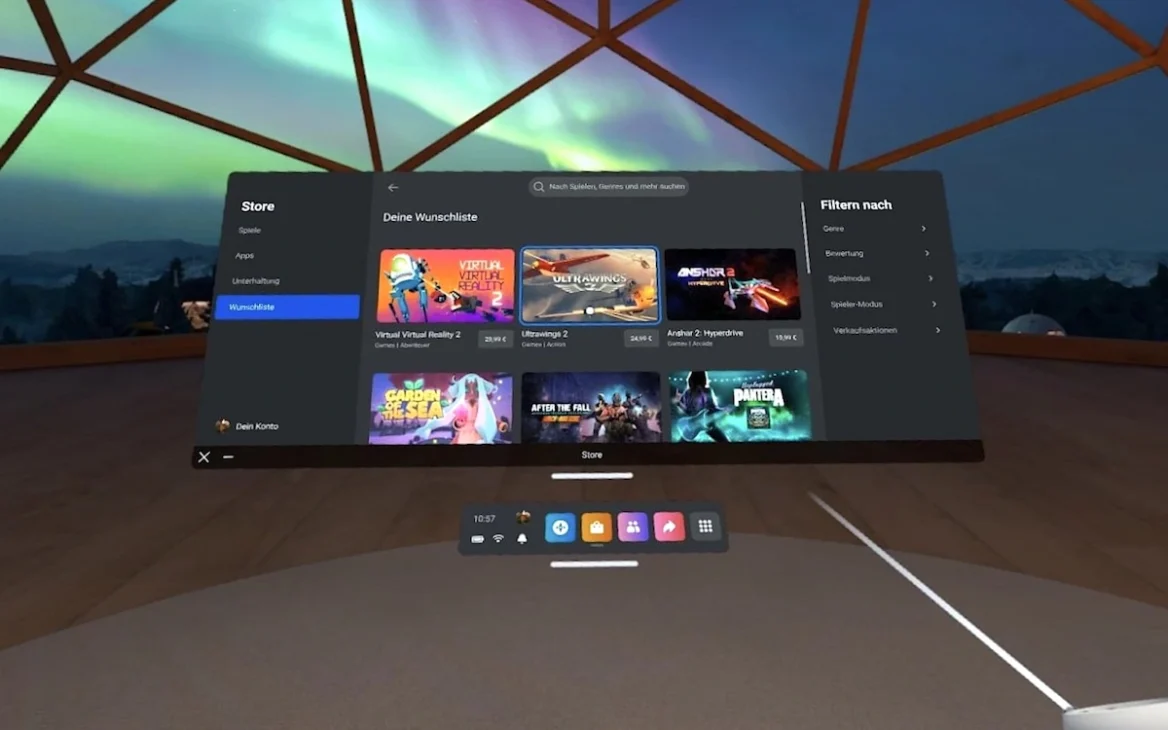
While limited to 2D content for now, it signals YouTube’s intent to blur the line between consumption and connection, offering a preview of what community engagement might look like in the metaverse.
Beyond VR, AI-driven personalization will push interactivity even further. Future tools may analyze viewer sentiment and behavior in real time, allowing creators to adapt storytelling elements dynamically, switching between alternate scenes, pacing, or visual styles based on audience feedback.
Accessibility Note: As immersive features evolve, creators and platforms must also ensure inclusive design, adding subtitles, sensory-friendly options, and adaptive controls so all audiences can experience these innovations.
This evolution means connection will no longer be static; it will become an ongoing, adaptive dialogue between creator and community.
Challenges and Critical Considerations

While YouTube’s evolution fosters deeper connections, it also raises important questions. Algorithms designed to maximize engagement can unintentionally promote sensationalism, reinforce echo chambers, and prioritize content that triggers strong emotional reactions. As the platform becomes a primary social connector, both creators and viewers must navigate misinformation, digital fatigue, and privacy concerns.
Creators should balance engagement with responsibility, ensuring that their content fosters meaningful interactions rather than simply chasing clicks. At the same time, audiences need media literacy skills like identifying bias, evaluating sources, and questioning algorithmic recommendations to engage critically rather than passively consuming what appears in their feeds.
Creator Tips for Navigating Challenges
- Prioritize accuracy over virality: Double-check facts before posting content that could be shared widely.
- Encourage thoughtful engagement: Ask your audience questions and create polls that promote discussion rather than reaction.
- Diversify content exposure: Collaborate across niches or highlight alternative perspectives to reduce echo chamber effects.
- Practice digital wellness: Schedule breaks and manage notifications to prevent burnout for both creators and viewers.
- Educate your community: Share tips or resources on media literacy to empower your audience to navigate online content responsibly.
Connection in the YouTube Era
YouTube isn’t just a video platform anymore; it’s a living, breathing ecosystem that redefines how we connect, communicate, and create together. From real-time live streams to next-gen AR experiences, the platform evolves with us, mirroring the way we share stories, seek meaning, and build community.
As creators experiment with new ways to engage and audiences crave deeper authenticity, one thing’s certain: the future of YouTube is participatory, personalized, and profoundly human.
The real question now isn’t what we’ll watch next, it’s how we’ll show up, share, and shape the next era of connection together.
FAQs About the YouTube Algorithm 2025
1. How has the YouTube Algorithm 2025 changed from previous years?
The YouTube Algorithm 2025 now prioritizes viewer intent and community engagement over raw watch time. It rewards creators who post consistently and foster meaningful interaction through comments, likes, and shares.
2. Does YouTube Shorts monetization really pay off for small creators?
Yes, small creators can earn from YouTube Shorts monetization by joining the YouTube Partner Program (YPP). Once eligible, creators receive 45% of the net revenue from YouTube Premium allocated to monetizing creators for Shorts. Earnings vary based on views, engagement, and audience demographics.
3. How can creators stay relevant with constant algorithm updates?
Focusing on authentic connection, storytelling, and consistent uploads helps creators stay visible despite algorithm shifts. Following YouTube’s Creator Insider updates can also provide early insights into changes.
